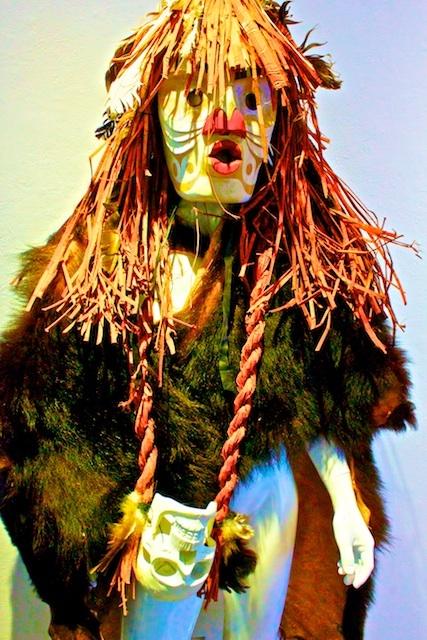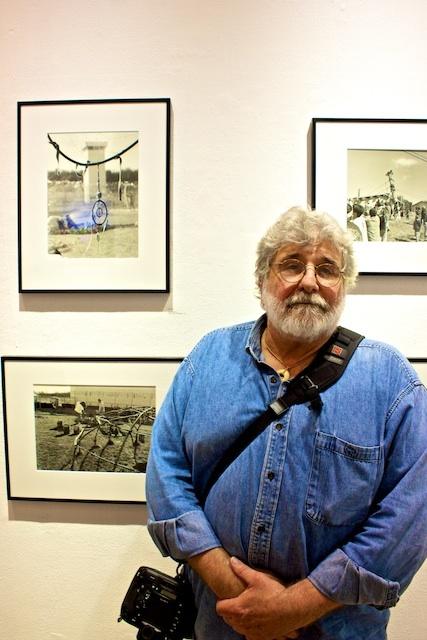On February 27, 1973, 200 Oglala Lakota American Indians and members of the American Indian Movement (AIM) protested against elected Tribal President Richard Wilson, whom they accused of corruption. They held an armed occupation of the town of Wounded Knee, South Dakota, for over two months. Protestors and various law-enforcement agencies engaged in frequent fire exchanges, in which one police officer and two Native American protestors died.
10 photographs from that siege, taken by Artist Owen Luck 29 years ago, will be featured in an exhibit at the Harbor Art Gallery until April 26. Luck’s collection also includes portraits of people from different Native American tribes and towns across the country.
“I had always been a good portrait photographer. I really liked these people. They deserved to have their portraits taken,” said Luck, who has an extensive background in film and photography. His photographs range from fishing, canoeing, interaction with other tribes, raising totem poles and longhouses, to sweat lodge ceremonies from all over the United States.
The exhibit, “From Wounded Knee to Present: American Indian & Sovereignty,” features photographs, paintings, and carvings of American Indian art from three different artists.
Artist Micah McCarty showcased sculptures made from materials such as elk hide, whalebone, red cedar and bearskin. One piece from 2007, titled ‘Messenger of Change’ was a mannequin wearing an elaborate facemask carved from red cedar with bark as the hair and a bear skin shawl draped over the body. Inspired by the Native American whaler Pook Oops, whose spirit, according to legend, returned to his dead body after it washed ashore.
A painting entitled “Exile,” by Robert Peters, is a large cityscape of urban life with skyscrapers, highways, and cars. “Our oppression comes from different things,” Peters said. “We never believed we owned the land, we were just caretakers of it, but now everyone wants ownership.” Peters added that his art is about “what’s happening through a Native American lens.”






















































